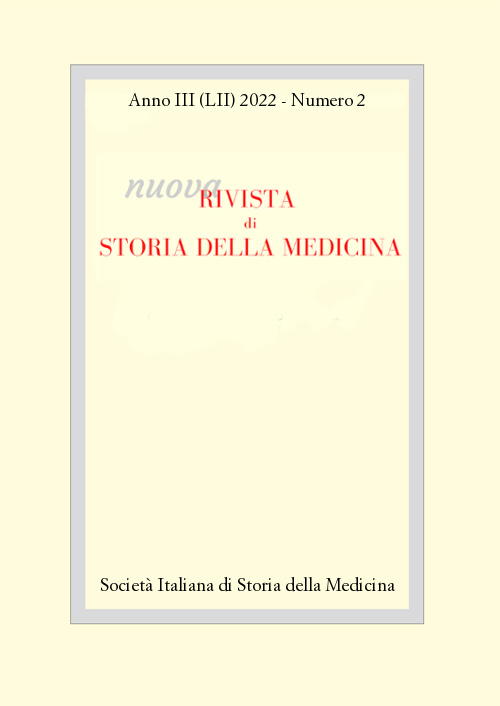The "Holy Body" of Blessed Timoteo da Monticchio (1444-1504) between reconnaissance and profanations
DOI:
https://doi.org/10.13135/2724-4954/6974Keywords:
Holy Bodies, Abruzzo, Physical Anthropology, PaleopathologyAbstract
Born in the outskirts of Aquila (today L’Aquila, central Italy), the Blessed Timoteo da Monticchio (1444-1504) was an important figure of the Franciscan Regular Observance. Since his death, his mortal remains were kept in the convent of Sant’Angelo d’Ocre, near L’Aquila. Timoteo’s bones underwent Canonical Recognition in 1870, and in the following year were arranged in a “Holy Body”. Further recognitions took place in 1962 and in 2004. Since the major earthquake in 2009, the convent remained locked up but unattended. In 2020, the altar hosting Timoteo’s relics in the conventual church was found desecrated, and his remains were thrown on the floor. Such events give us the opportunity to describe the peculiar arrangement of bone relics called “Holy Body” as well as to highlight the importance of periodical recognitions and related documents after relics violation.



